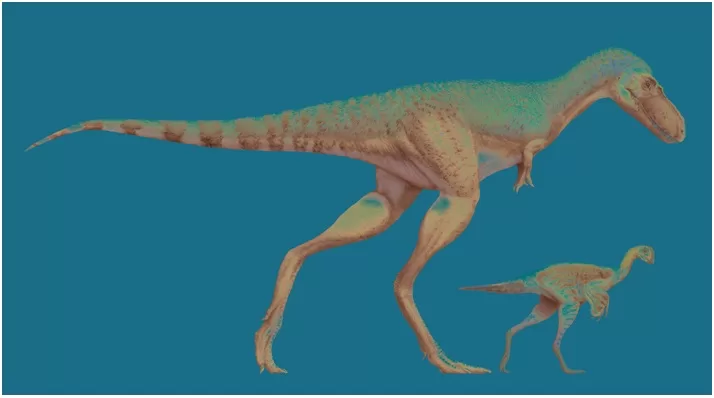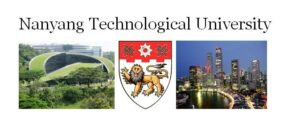Dismembered Young Dinosaurs Found in Stomach of T. rex Relative’s Fossils

Highlights
- Scientists found a 75-million-year-old Gorgosaurus fossil in Canada with stomach contents, revealing its last meals.
- The juvenile Gorgosaurus, a T. rex cousin, preferred turkey-sized Citipes yearlings, showcasing selective feeding habits.
- This is the first tyrannosaur skeleton with preserved prey items in its stomach, contributing to paleontological knowledge.
- Young tyrannosaurs, like Gorgosaurus, acted as “mesopredators,” hunting smaller dinosaurs with blade-like teeth and an agile build.
- Adults, in contrast, were apex predators, capable of seizing and killing large prey, with robust skulls and powerful bites.
- The Gorgosaurus fossil provides insights into the shifting feeding strategies and ecological niches of tyrannosaurs during their lifespan.
- The selective dissection of Citipes’ meatiest parts suggests young Gorgosaurus had a more surgical approach to feeding.
- The discovery adds complexity to our understanding of ancient ecosystems and the roles tyrannosaurs played in them.
- Valuable for researchers, educators, and dinosaur enthusiasts, the find opens avenues for further exploration of tyrannosaur behaviour.
- The fossil‘s significance lies in contributing to our understanding of dinosaur lives during the Late Cretaceous Period.
In a remarkable discovery, scientists have unearthed the fossilized remains of a juvenile Gorgosaurus, a cousin of the Tyrannosaurus rex, shedding light on its dietary preferences and offering unique insights into the ecology of these ancient predators. The findings, published in the journal Science Advances, reveal the stomach contents of the 5 to 7-year-old Gorgosaurus, providing a snapshot of its last meals.
Around 75 million years ago in what is now Canada’s Alberta province, the young Gorgosaurus exhibited a particular fondness for hunting turkey-sized yearlings of a feathered, plant-eating dinosaur called Citipes. The fossilized remains, measuring about 15 feet (4.5 meters) in length, provide evidence that the juvenile predator was approximately 5 to 7 years old.
What makes this discovery extraordinary is that it marks the first time a tyrannosaur skeleton with preserved prey items inside its stomach has been found. The stomach contents, located between the ribcage and hip bones, unveiled the young Gorgosaurus’s dietary choices, primarily consisting of the meaty legs of the Citipes.
The study suggests a notable shift in the feeding strategy and diet of tyrannosaurs throughout their lifespan. While adults, such as the Tyrannosaurus rex, were equipped for hunting large prey, including duckbilled and horned dinosaurs, the juvenile Gorgosaurus showcased blade-like teeth and a more agile build, indicating a preference for hunting smaller dinosaur species and young dinosaurs.
François Therrien, dinosaur paleoecology curator at the Royal Tyrrell Museum, explained that young tyrannosaurs, with their weaker bites and slashing bites, played the role of “mesopredators” or mid-size predators. As they matured into adolescents and adults, they evolved into apex predators, avoiding competition with their elders for the same prey.
The fossilized Gorgosaurus, slightly smaller than its renowned relative, the Tyrannosaurus rex, paints a vivid picture of its dominance in its ecosystem. Walking on two legs with short arms and two-fingered hands, the Gorgosaurus boasted a massive skull, reaching 30-33 feet (9-10 meters) in length and weighing 2-3 tons.
The discovery adds a layer of complexity to our understanding of tyrannosaurs’ ecological niches, showcasing how their feeding habits evolved over their lifespan. This young Gorgosaurus, with its preference for “drumsticks” from the Citipes, provides a glimpse into the intricacies of ancient ecosystems and the diverse roles these predators played within them.













